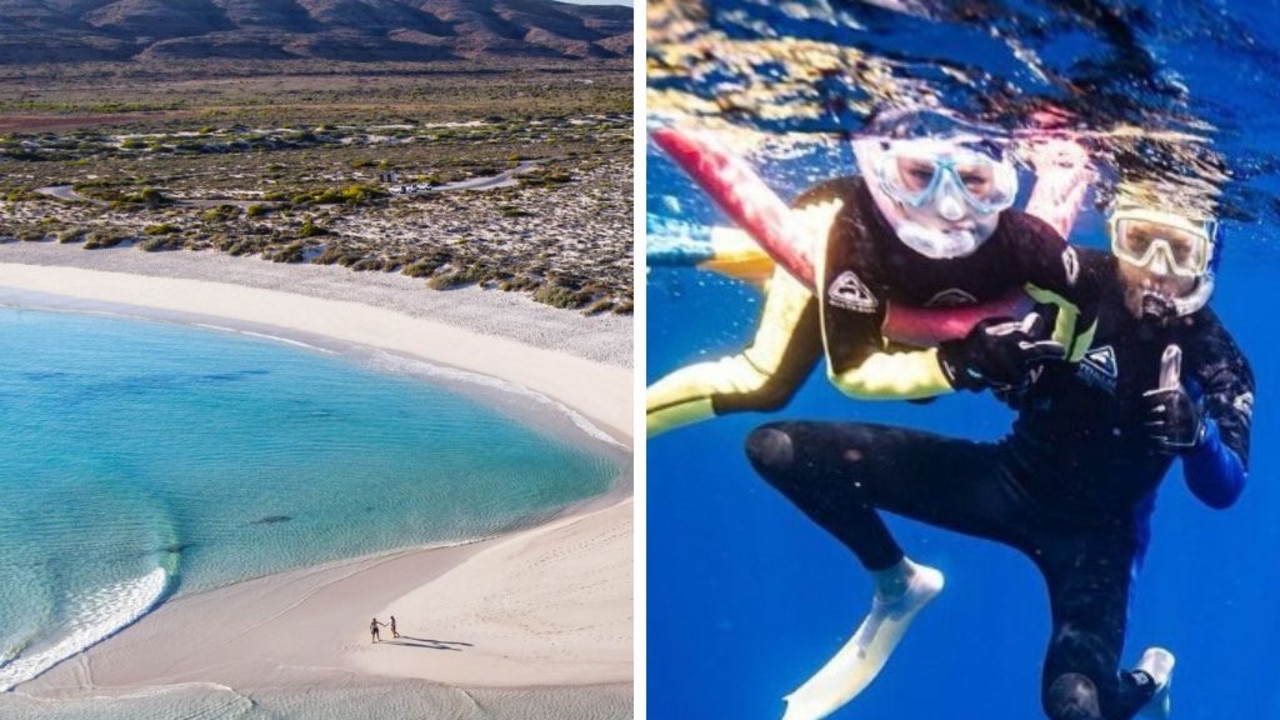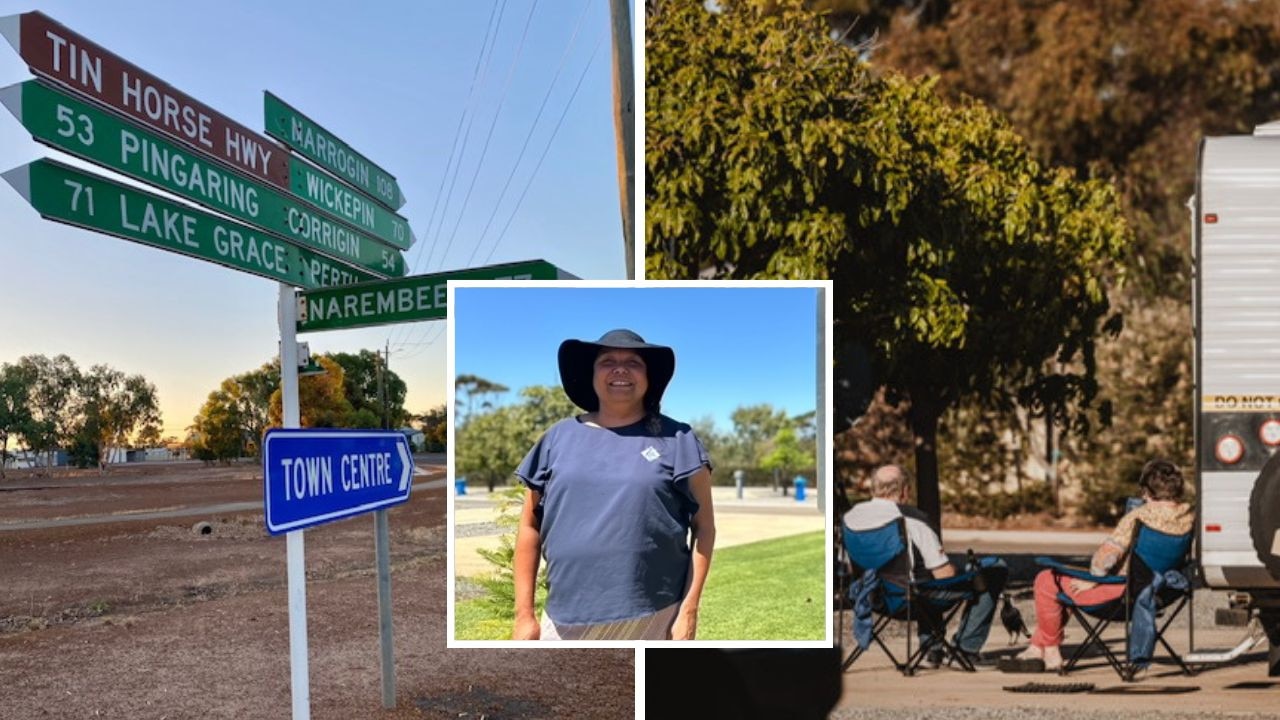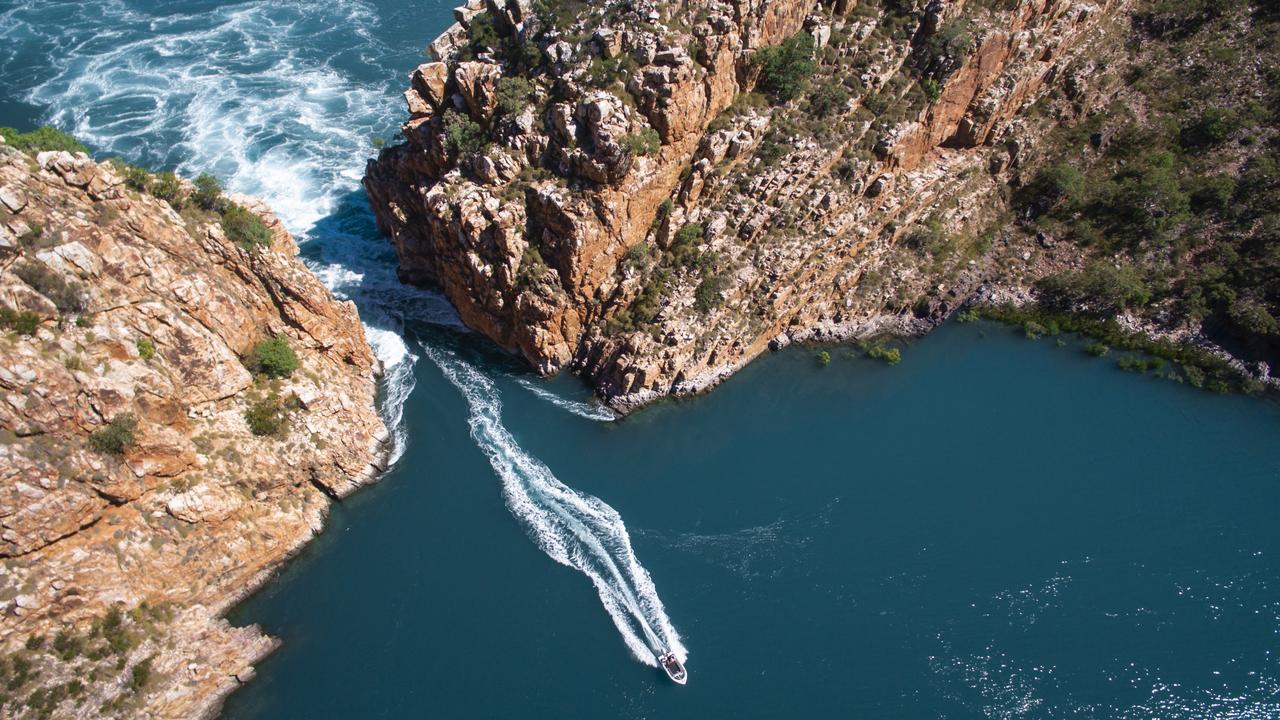Cruising the Kimberley Coast
CRUISING across the Top End aboard the first premium superliner to be based in Australia, Barry O'Brien is mesmerised.

AS the soft light of the dawn sun slowly peaked out from behind the rocky Kimberley Coast in northwest Australia, it was luxurious to welcome the day from our stateroom balcony.
Wife Pat and I were on the Sun Princess, cruising from Sydney to Perth around the top of Australia.
As the gentle rays transformed to a blinding light before settling into a pleasant aura, the amazing changes of the terrain left us in wonderment at the area's beauty.
After the ship's photographers returned from their picture excursion, the giant ship slowly cruised past the changing scenery for the next few hours. The rugged coastline put on a constantly changing face, with portions of pristine white sandy beaches contrasting with brightly coloured boulders. The cameras were kept clicking.
We saw no wildlife, but were assured crocodiles were lying in wait for the unwary.
At Broome, the next stop, sunset was also stunning.
It doesn't come much better than sitting on an almost deserted Cable Beach with the blood-red sun slowly going down, enjoying a picnic and sharing a bottle of wine (with former Adelaide photographer Leon Mead and his wife Bea, now residents of the area) as a succession of camels padded past.
And when they were gone, the camels left no trace of their presence, as an attendant walked behind to pick up the "doings". Earlier, we were surprised to see a completely naked couple emerge from the gentle surf. There's no telling what you may see on the Kimberly coast.
As we sipped our wine, tiny bubble crabs created the most amazing sculptures on the sand. It's a daily chore for the fingernail-sized crab, to extract nutrition from algae and microbes from the surface of each grain. Thousands of spherical balls are created, then washed away by the tide.
But Broome, to most on board, meant pearls and it was pearls the passengers were eager to see - and they weren't disappointed.
Every second shop in the town was stocked with a variety of shapes, sizes, quality and colour. By the end of the day we were all very knowledgeable about the lustrous spheres.
We started our education at Linneys and spoke to expert Bill Reed who has written the informative Guide to Choosing a Pearl.
We learnt of the completely natural; the smaller seedless or Keshi (Japanese for poppy seed); and cultured pearls, (formed by placing a minute piece of mother-of-pearl bead into the oyster's gonad. Strange, but true!) Then there's Australian and Tahitian South Sea pearls, Japanese Akoya pearls - and the lesser quality Chinese Freshwater pearls. Perfect rounds are rare and by far the most expensive, while only an expert can tell the difference between perfect and near round. Irregular shaped or baroque pearls are the cheapest, but interesting.
Also the colour can vary from the white, pink-white and silver-pink of Australian to the almost black Tahitian. There's a pearl for every taste - and pocket.
Bill's advice on choosing a pearl: "Never mind about minor flaws or imperfections - these can make a pearl interesting. But ALWAYS look for lustre, lustre and more lustre".
Did you know?
Sun Princess vital statistics:
It carries 1950 passengers There are 14 decks and the ship is 261m in length, weighing 77,000 gross tonnes. Entered service in 1995 Maximum speed is 21 knots Guests are greeted by a four-storey atrium and reception with marble floor and stained glass dome. There are four pools, five whirlpool spas, a sports court inside the funnel and computerised golf centre. Guests are pampered in a health centre and spa, and beauty parlour. Its theatre seats 550 passengers. There also is a library, casino, children and teen centres, nightclub, eight restaurants and cafes, seven deluxe lounges and bars.
That evening in the Sun Princess dining room there was a succession of "oohs and aaahs" at the parade of glamorous outfits and bare necks proudly adorned with the day's purchases.
Next, we sailed on to Darwin where the quest was to see crocodiles. Many ventured to Adelaide River where giant reptiles in the wild leapt from the water to take morsels of food dangled on a string. They know when they're on a good thing and appear at the same time every day for their titbits.
At the Crocodylus Park crocodile farm just out of Darwin, massive breeding males and smaller females were teased in the same manner to give them a little daily exercise.
We took advantage of a free shuttle bus to get us there in time for the early feeding time of 10am. Other feeding times are noon and 2pm, entry is $25, seniors $20.
Darwin is an exciting city on the move, with modern buildings and high rise complementing the multiculturalism of this gateway to the tropical outback.
Sunday Mail (SA)



